The Illinois Portal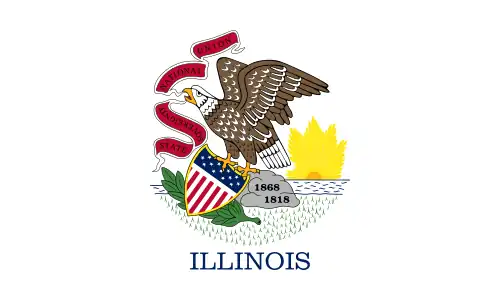 The flag of Illinois Illinois (/ˌɪlɪˈnɔɪ/ ⓘ IL-in-OY) is a state in the Midwestern United States. The Great Lakes are to its northeast, the Mississippi River to its west, and the Wabash and Ohio rivers to its south. Its largest metropolitan areas are Chicago and the Metro East region of Greater St. Louis. Other metropolitan areas include Peoria and Rockford, as well as Springfield, its capital, and Champaign-Urbana, home to the main campus of the state's flagship university. Of the fifty U.S. states, Illinois has the fifth-largest gross domestic product (GDP), the sixth-largest population, and the 25th-largest land area. Illinois has a highly diverse economy, with the global city of Chicago in the northeast, major industrial and agricultural hubs in the north and center, and natural resources such as coal, timber, and petroleum in the south. Owing to its central location and favorable geography, the state is a major transportation hub: the Port of Chicago has access to the Atlantic Ocean through the Great Lakes and Saint Lawrence Seaway and to the Gulf of Mexico from the Mississippi River via the Illinois Waterway. Chicago has been the nation's railroad hub since the 1860s, and its O'Hare International Airport has been among the world's busiest airports for decades. Illinois has long been considered a microcosm of the United States and a bellwether in American culture, exemplified by the phrase Will it play in Peoria?. What is now Illinois was inhabited for thousands of years by various indigenous cultures, including the advanced civilization centered in the Cahokia region. The French were the first Europeans to arrive, settling near the Mississippi and Illinois River in the 17th century in the region they called Illinois Country, as part of the sprawling colony of New France. Following U.S. independence in 1783, American settlers began arriving from Kentucky via the Ohio River, and the population grew from south to north. Illinois was part of the United States' oldest territory, the Northwest Territory, and in 1818 it achieved statehood. The Erie Canal brought increased commercial activity in the Great Lakes, and the small settlement of Chicago became one of the fastest growing cities in the world, benefiting from its location as one of the few natural harbors in southwestern Lake Michigan. The invention of the self-scouring steel plow by Illinoisan John Deere turned the state's rich prairie into some of the world's most productive and valuable farmland, attracting immigrant farmers from Germany and Sweden. In the mid-19th century, the Illinois and Michigan Canal and a sprawling railroad network greatly facilitated trade, commerce, and settlement, making the state a transportation hub for the nation. Selected article The Battle of Stillman's Run, also known as the Battle of Sycamore Creek or the Battle of Old Man's Creek, occurred on May 14, 1832. The battle was named for Major Isaiah Stillman and his detachment of 275 Illinois militia which fled in a panic from the smaller number of Sauk warriors. The engagement was the first battle of the Black Hawk War (1832) which had developed when Black Hawk crossed the Mississippi River from Iowa into Illinois with his British Band of Sauk and Fox. The militia pursued a group of Sauk scouts back to the main British Band camp following a failed attempt at truce negotiations by Black Hawk's emissaries. During the engagement 12 militia men were killed while making a stand on a small hill. The remainder of the militia fled back to Dixon's Ferry. A 2006 article corroborates that militia volunteer Abraham Lincoln was present at the battleground's burials; although there is little else agreement amongst other sources. This claim, however, was still under investigation as of 2003. In 1901 a monument was erected in Stillman Valley, Illinois commemorating the battle.(Read more...) Selected biography Marcus Ward Lyon, Jr. in 1917 at Washington Biologists’ Field Club on Plummers Island Marcus Ward Lyon, Jr. was an American mammalogist, bacteriologist, and pathologist. He was born into a military family at Rock Island Arsenal, and demonstrated an early interest in zoology by collecting local wildlife around his father's army posts. He graduated from Brown University in 1897, and continued his studies at George Washington University while working part-time at the United States National Museum (USNM). He received his Ph.D. from George Washington University in 1913. In 1919, he and his wife, Martha, moved to South Bend, Indiana to join a newly opened clinic. Prior to moving, Lyon had published many papers on mammalogy, both during and after his tenure at the USNM. In these papers, he had formally described six species, three genera, and one family. Once in South Bend, he began to publish medical studies, too, but continued his work in mammalogy, with a particular focus on the local fauna of Indiana. He published more than 160 papers during his career. Did you know...
.jpg.webp)
Selected imagesRecent news
Featured content
TopicsSubcategoriesCategory puzzle Select [►] to view subcategories
Illinois Illinois-related lists Communications in Illinois Illinois culture Demographics of Illinois Economy of Illinois Education in Illinois Environment of Illinois Geography of Illinois Government of Illinois Health in Illinois History of Illinois Illinois law Military in Illinois Native American tribes in Illinois Organizations based in Illinois People from Illinois Politics of Illinois Professional wrestling in Illinois Science and technology in Illinois Illinois society Sports in Illinois Transportation in Illinois Works about Illinois Images of Illinois Illinois stubs Related portalsWikiProjects
Things you can do
Associated WikimediaThe following Wikimedia Foundation sister projects provide more on this subject:
Discover Wikipedia using portals
|




-edit3.jpg.webp)




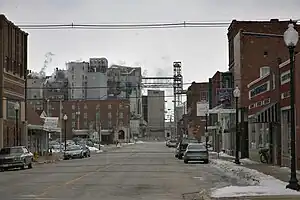

.jpg.webp)
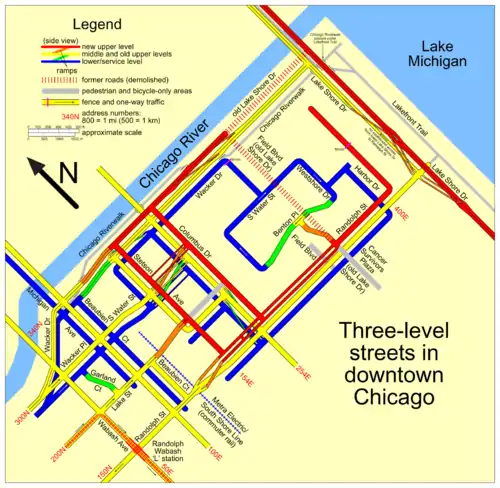



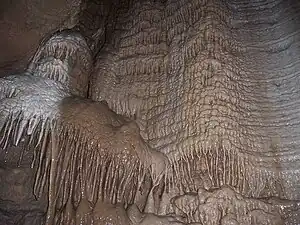





_Singer_369296.jpg.webp)

.jpg.webp)

.jpg.webp)





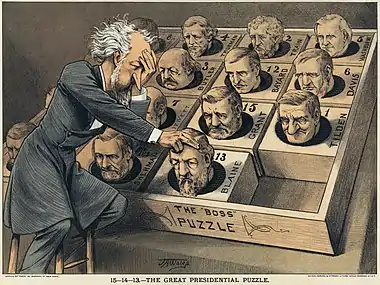




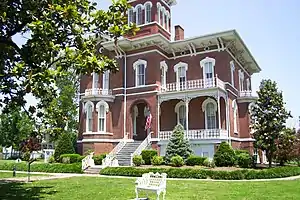





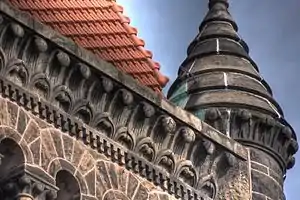
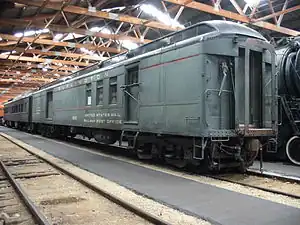






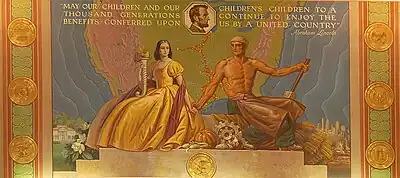
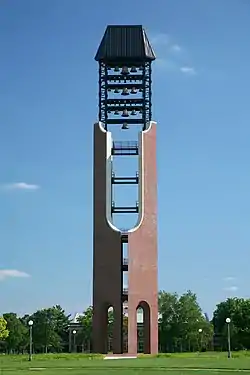


.jpg.webp)
